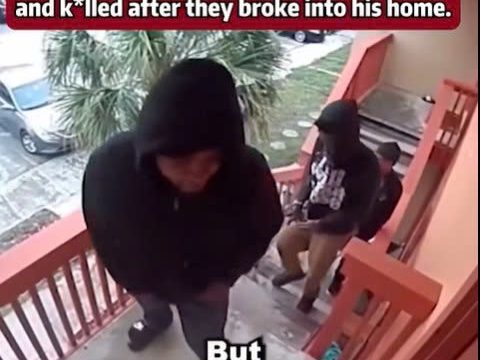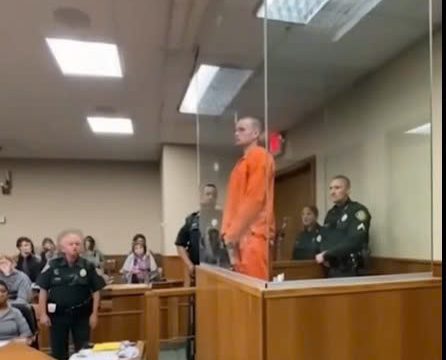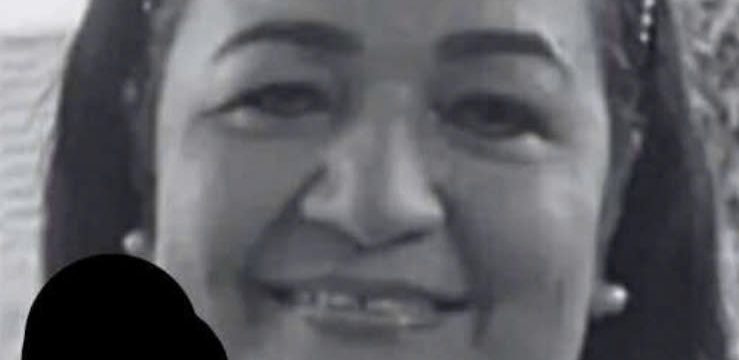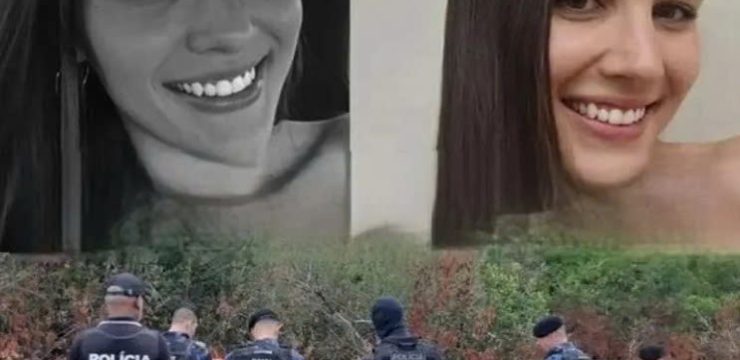What should have been a routine traffic stop on the evening of August 30, 2025, in Aurora, Colorado, instead spiraled into a night of destruction, heartbreak, and unanswered questions. Officers patrolling East 6th Avenue attempted to pull over a vehicle after witnessing what they said was a traffic violation. Rather than complying, the driver—whose name has not yet been publicly released—refused to stop. What followed would leave a community reeling and demand tough conversations about use of force by police.
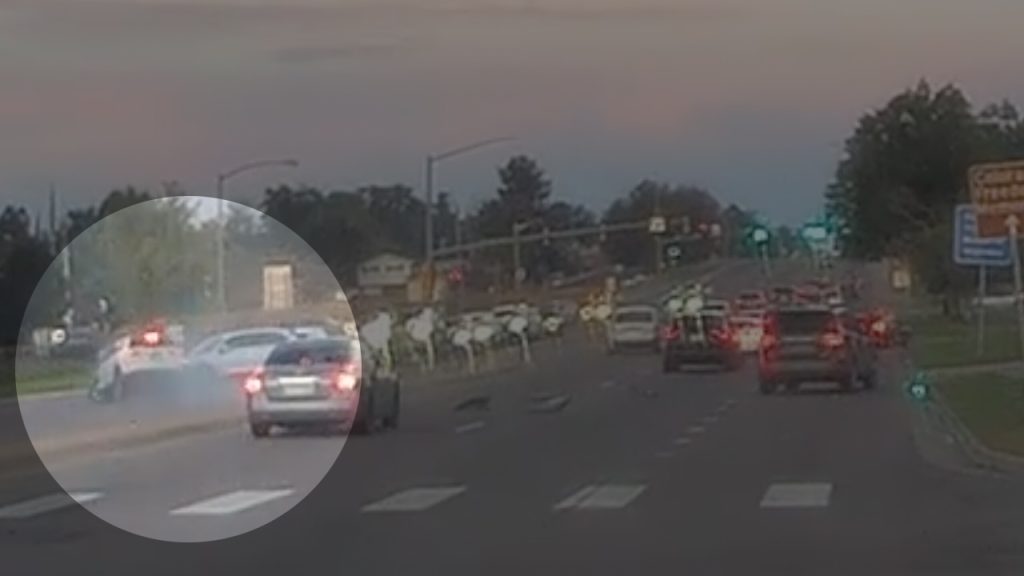
The Aurora Police Department states that the situation escalated almost immediately: instead of slowing down, the driver accelerated and maneuvered aggressively through traffic. He then collided with two other vehicles. The force of the crash startled nearby residents. Witnesses later described the sudden screech of tires, the crumpling of metal, and an abrupt hush broken by sirens and shouting. Debris was strewn across the roadway, and bystanders watched in disbelief.
Body-camera footage and videos recorded by witnesses captured the sequence that followed. After the collision, officers exited their patrol cruisers and converged on the disabled vehicle, issuing sharp commands through the night air: “Stay in the car! Don’t move! Show me your hands! Get on the ground!” Even with repeated instructions, the driver opened his door and stepped out of the car. The officers persisted, ordering him to stop and obey—but the man appeared agitated, pacing near the wreckage. Then, in a sudden escalation, one officer shouted, “Get away from that gun! Get on the ground now!” The tension in that moment became electric.
What followed next was chaotic. Multiple gunshots rang out along East 6th Avenue, as officers fired in rapid succession. Radio transmissions cut through the night: “Shots fired! Motor 45, shots fired! Get me additional units, cruiser ambulance hot!” Witnesses ducked for cover. Nearby drivers who had stopped began recording as confusion reigned—few realized they were witnessing a deadly confrontation unfolding in real time.
In that turmoil, a child’s anguished voice was heard above the noise. The driver’s son, who had been nearby, screamed, “They just shot my dad! He didn’t have any gun!” Those words would later reverberate across social media and rally a community already sensitive to incidents involving police use of force. Officers quickly established a perimeter and conducted a search for a weapon. Law enforcement later confirmed the discovery of a firearm near a set of boxes close to where the man fell. But many witnesses insist they never saw him reach for a weapon. That discrepancy—between official accounts and bystander beliefs—has become a focal point in the controversy now consuming Aurora.
Emergency medical crews arrived within minutes. Paramedics and officers worked to stabilize the man, but the injuries were catastrophic. Subsequent reporting revealed that he sustained 25 gunshot wounds to his chest and one to his head. Body-camera audio captured an officer grimly stating, “It’s not a tourniquet kind of thing.” Despite their efforts, the man was pronounced dead at the scene. His son remained close by, sobbing uncontrollably and repeating through tears, “That’s my dad… he didn’t have any gun.”
In the hours and days that followed, East 6th Avenue was shut down as investigators collected evidence and documented the scene. News crews rolled in, setting up cameras and interviewing distraught neighbors. The Aurora Police Department swiftly issued a statement confirming that the shooting was under investigation and that all involved officers had been placed on administrative leave pending review. They further announced that the case had been transferred to Colorado’s Independent Investigations Bureau, which will independently assess whether the officers’ use of deadly force was justified.
Reaction from the community has been intense and deeply divided. Civil rights advocates and local residents gathered outside Aurora’s police headquarters the next evening. They demanded accountability, transparency, and answers. Many held signs reading “Justice for All” or “We Deserve the Truth,” while others urged patience until the full facts emerged. “The community deserves to know exactly what happened,” one city council member declared. “Every loss of life involving the police must be examined with full transparency.”
Not everyone agrees, however, on how officers should have acted. Supporters of law enforcement contend that officers were forced to make split-second decisions in a life-or-death situation. They note that the driver ignored repeated commands and was reportedly near a weapon. “When someone refuses to comply and there’s mention of a firearm, officers must protect themselves and the public,” said a retired police trainer. “It’s tragic, but hesitation can cost lives.”
By contrast, those who support the man’s family believe the response was a tragic overreaction. They argue that the situation could have been deescalated and that the officers should have explored nonlethal alternatives. “We’re not asking for special treatment,” said the family’s spokesperson. “We’re asking for accountability. No one should die over a misunderstanding.”
Tensions in Aurora are raw. Many residents invoked memories of previous high-profile cases of police violence—incidents that left deep wounds on the city’s psyche. Now, many are questioning whether reforms have truly made a difference or simply papered over deeper problems.
Community leaders have urged calm while investigations proceed. They stress the need for fact-based reporting rather than assumptions or rumors. Yet the emotional impact is undeniable. The image of a grieving son crying near police tape, the glow of red and blue lights in the night, and the echo of gunfire have all left a lasting mark on those who witnessed what happened.
As investigators painstakingly reconstruct the timeline of that night, one fact looms: Aurora has found itself at yet another crossroads. Was this a justified act of self-defense—or an avoidable escalation that claimed an innocent man’s life? Until official findings are released, speculation will swirl and emotions will remain raw.
For now, the city mourns. The family prepares to bury their loved one. The police department faces renewed scrutiny, and people across Colorado are grappling with a painful question: What could have been done differently to prevent another fatal encounter? The deadly confrontation on August 30, 2025, will not soon be forgotten. The voices, the chaos, and a son’s desperate cries linger as a haunting reminder of how quickly a seemingly ordinary traffic stop can descend into tragedy that rattles an entire community.

